On January 28, 1915, the Revenue Cutter Service and United States Life-Saving Service were merged to form the US Coast Guard.
The U.S. Coast Guard traces its roots back over 225 years to the Revenue Cutter Service. Both before and after the American Revolutionary War, smuggling, shipping control, pirating, and revenue imbalance were issues along the American coast.
So in 1790, Secretary of the Treasury Alexander Hamilton suggested the formation of a naval police force to patrol American waters. President George Washington and Congress approved of the idea and passed the Tariff Act, establishing the Revenue Cutter Service on August 4, 1790. The act called for 10 well-equipped cutters and the recruitment of 100 revenue officers. With the Continental Navy disbanded that same year, the Revenue Cutter Service was America’s only armed presence in the water.
In addition to patrolling the water, the Revenue Cutter Service helped customs seize contraband, control tariffs, and protect merchant marines. In 1794, the service was tasked with ending the slave trade. It’s been estimated that over the course of 70 years, they captured about 500 slave ships.
The service also participated in several early American wars, including the Quasi-War with France, the War of 1812, and the Mexican-American War. In 1808, the service began enforcing President Jefferson’s embargo, which closed American ports to European trade. And in 1822, the service began a long history of environmental protection when they were ordered to protect government woods from poachers.
The service’s cutter, Harriet Lane, fired the first shots of the Civil War in 1861 at Fort Sumter. Recognizing the importance of such a force, the South formed its own Confederate Revenue Marine with men from the Revenue Cutter Service. After the war, the service established its first school, the School of Instruction of the Revenue Cutter Service, in 1876 in Massachusetts.
In the 1880s and 90s, the service played a major role in the development of Alaska. They brought in reindeer to provide a steady food source, and then joined the Overland Relief Expedition to rescue trapped whalers. The men of the Cutter Service also helped bring unlucky miners home from Alaska when they failed to find gold in the Snake River.
Then, on January 28, 1915, Congress and President Woodrow Wilson passed an act creating the US Coast Guard. The USCG combined the Revenue Cutter Service with the US Life-Saving Service, a network of over 270 coastal rescue stations founded in 1848.
Part of the legislation included that the Coast Guard would form part of the US military. In time of war, the Coast Guard became part of the US Navy. The new service first saw conflict only two years later, during World War I, and has participated in every US war since. They also absorbed the US Lighthouse Service in 1939, extending their protective reach of our coasts.
You can discover more neat Coast Guard history on their website. Click here for more.
| FREE printable This Day in History album pages Download a PDF of today’s article. Get a binder or other supplies to create your This Day in History album. |
Discover what else happened on This Day in History.

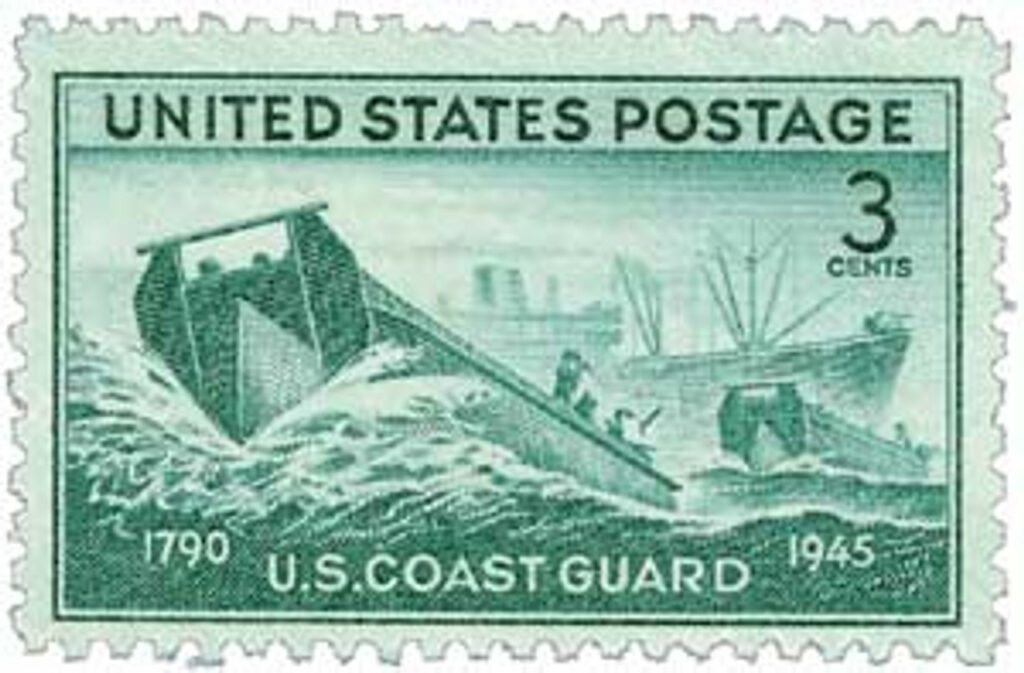

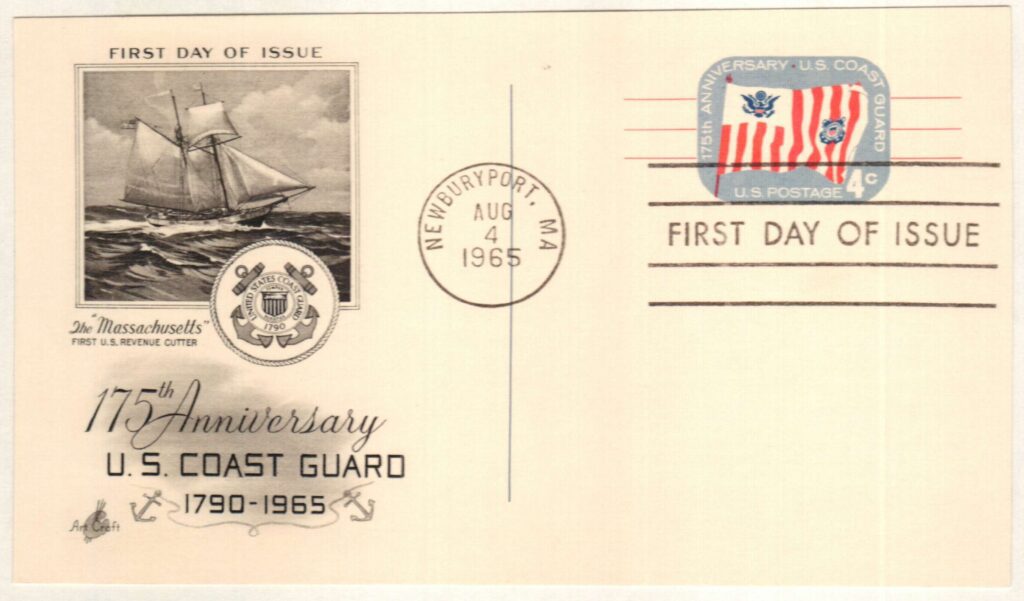
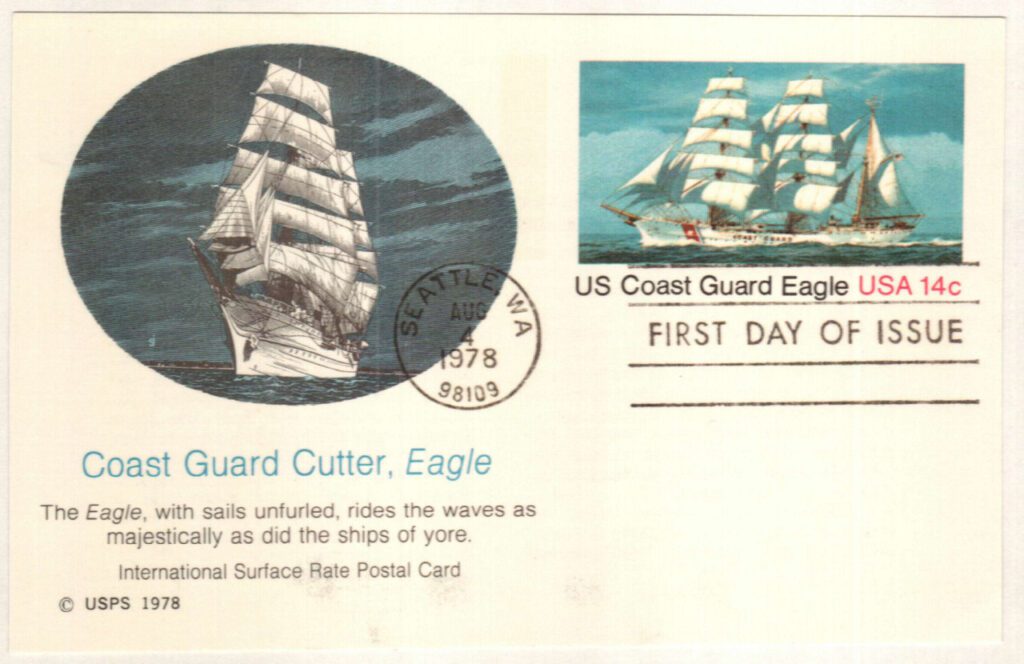
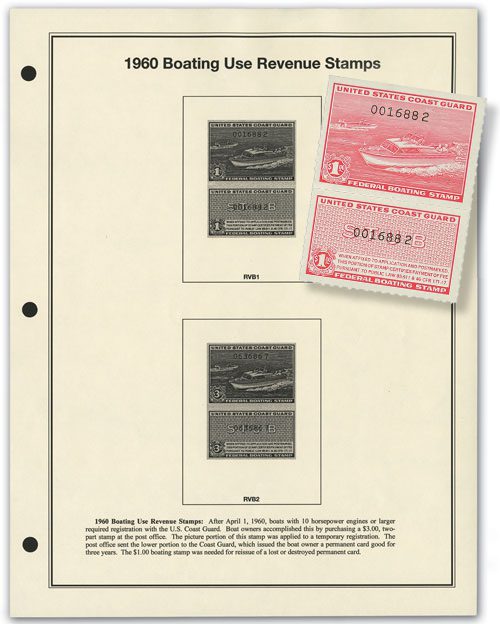
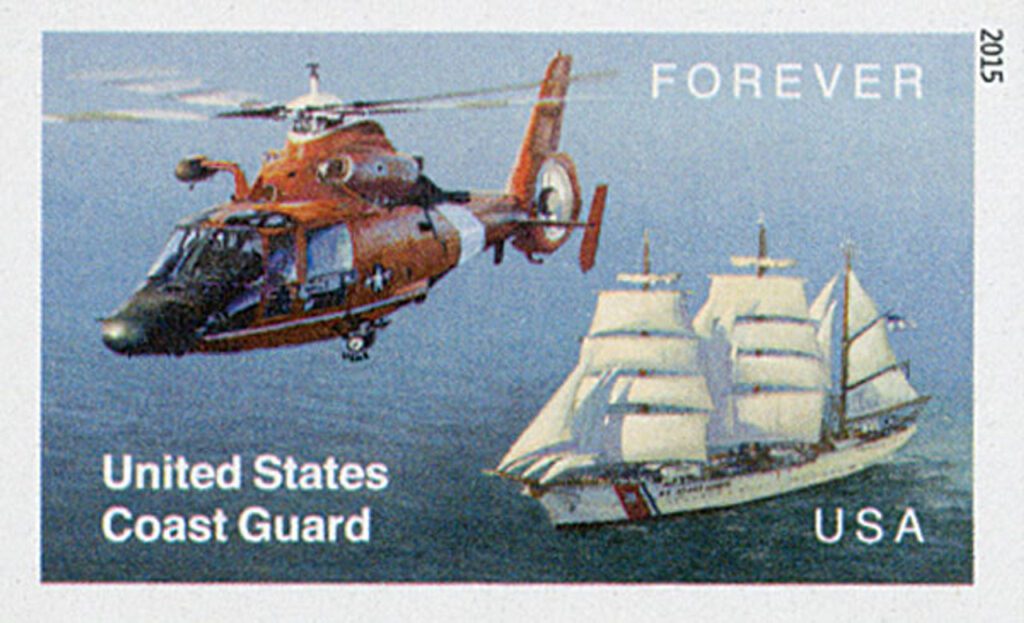
Wonderful historic article! Thank you!
I am retired from the U. S. Coast Guard and enjoy articles about it’s history.
Would like to know the sources for two things in this article: 1) that the Coast Guard began to stop the slave trade in 1794 when Congress did not get around to banning it until 1808, the year designated by the Constitution when it could do that, and 2) that the cutter Harriet Lane fired the first shot at Fort Sumter. That one is totally new to me even though I have been teaching Civil War history for 40 years.
Hi Roger,
This information can be found in Wikipedia and other sources. Here’s a link: Both facts came from here:
https://en.wikipedia.org/wiki/History_of_the_United_States_Coast_Guard#Early_history
Happy Collecting!
According to the article in wikipedia the Harriet Lane fired on the Nashville NOT Fort Sumter. “During the American Civil War, the Revenue Service cutter Harriet Lane fired the first shots of the war at sea at the steamer Nashville during the siege of Fort Sumter.” Big difference.
I am still a bit skeptical about the stuff that shows up on Wikipedia. Won’t let my students use it as a source for their papers.
It was first NAVAL shot
That makes more sense to me.
Everyone should read the history of Harriet Lane. Her “first shot” was fired at a Union vessel; and she did not become a confederate ship until 1863.
I only did a short research so I could be mistaken.
given that she had a great career in US Naval History!
I love these. Thanks Mystic. I too was curious about the Harriet Lane. The web address below perhaps clarifies. According to it the Harriet Lane didn’t fire the 1st shot at Ft. Sumter, the ship & the fort were on the same side at the moment. The Harriet Lane, however, was the immediate cause of the 1st shot being fired from the South Carolina shore battery.
https://coastguard.dodlive.mil/2011/04/harriet-lane-fires-first-naval-shot-of-the-civil-war/
Did you hear the one about the Hoolies?
The U.S Coast Guard is a maritime, military, multi-mission service unique among the U.S. military branches for having a maritime law enforcement mission (with jurisdiction in both domestic and international waters) and a federal regulatory agency mission as part of its mission set.
There needs to be clarification. The “Harriet Lane” did not fire the at an installation ON LAND. It did fire at an object AT SEA. This would suggest a major difference and hopefully, a clarification. Which brings me to mention of the many stories concerning the naval conflict that took place during The Civil War.
Can you add a link to a PDF for this article? Thanks!